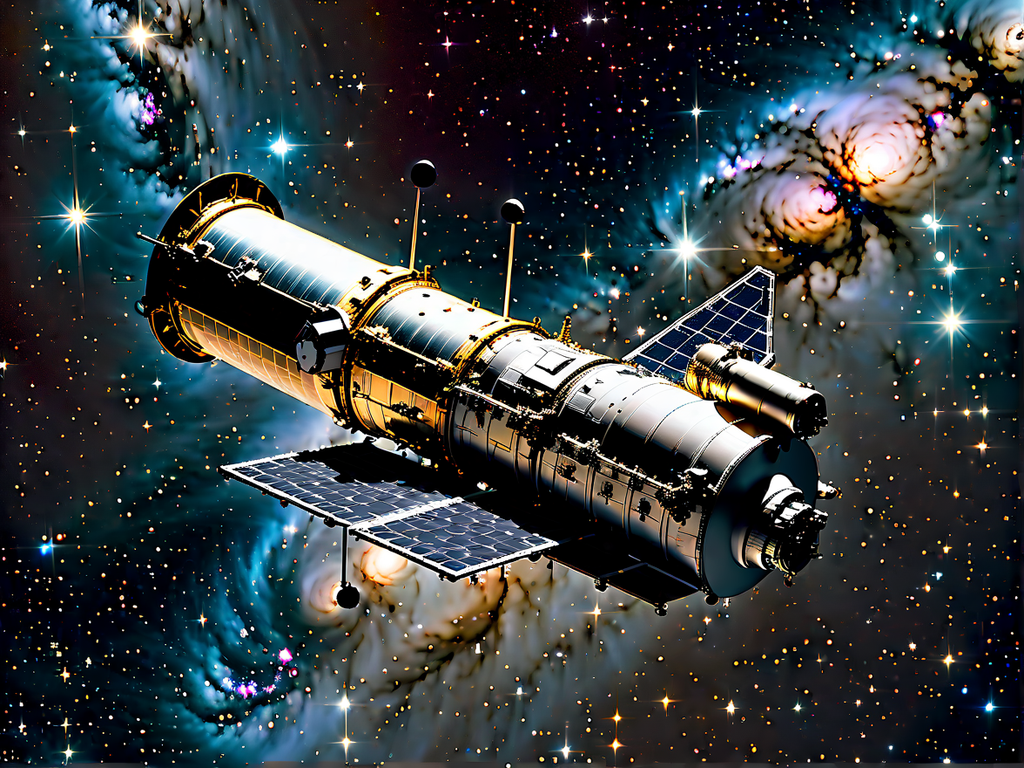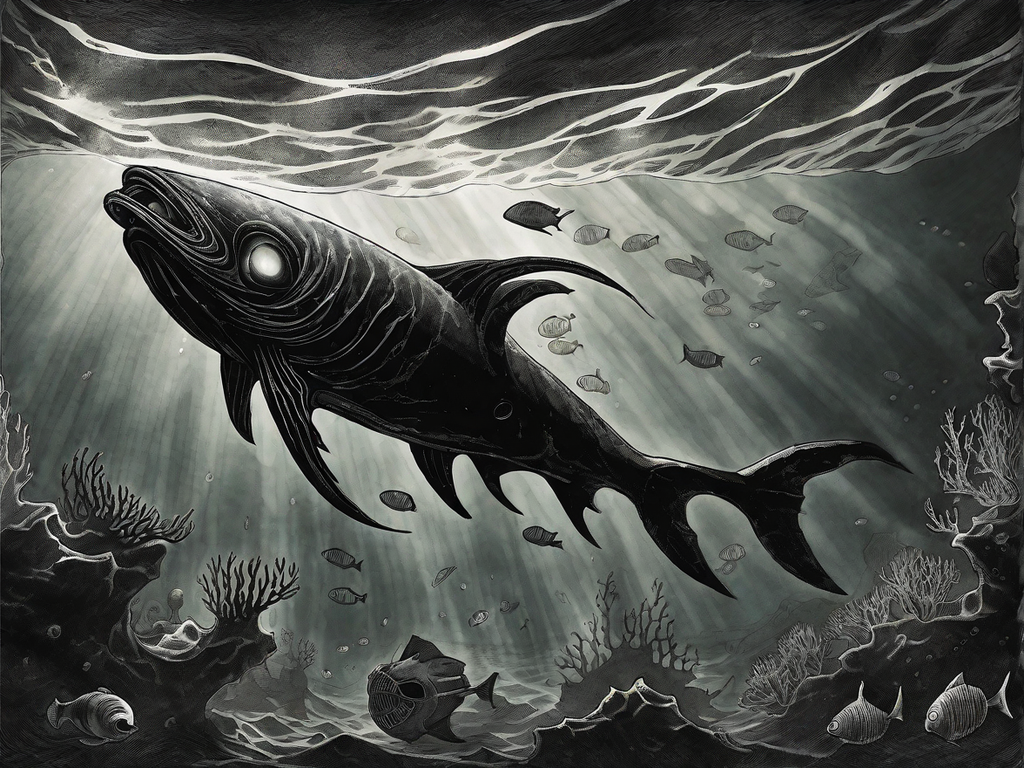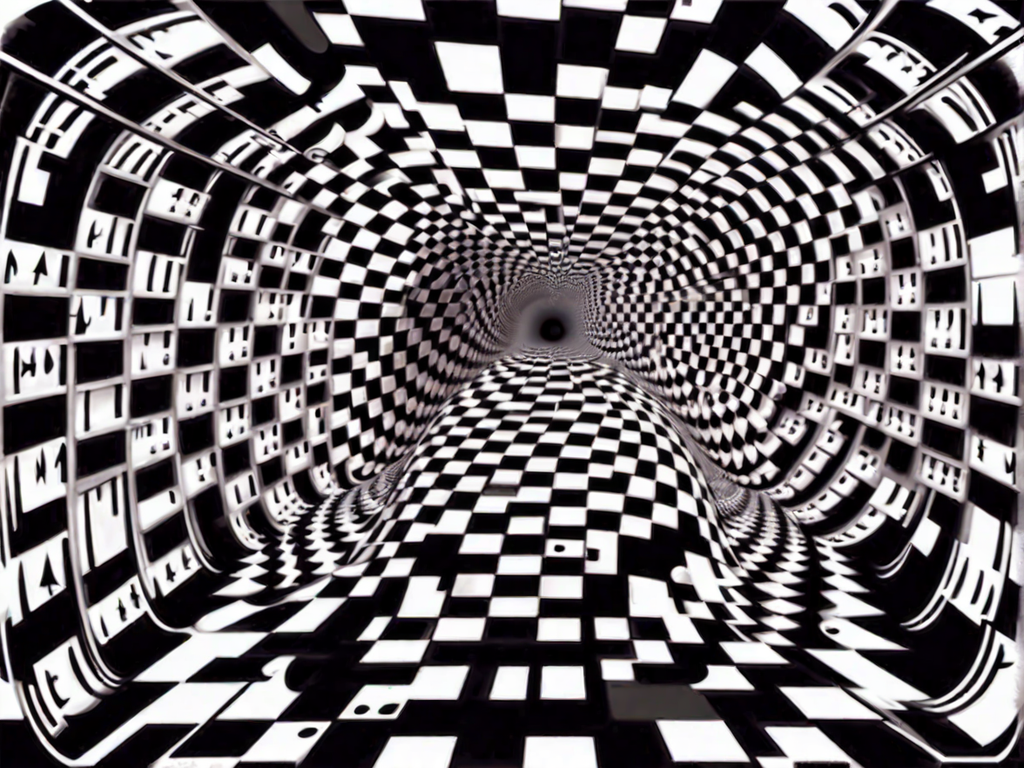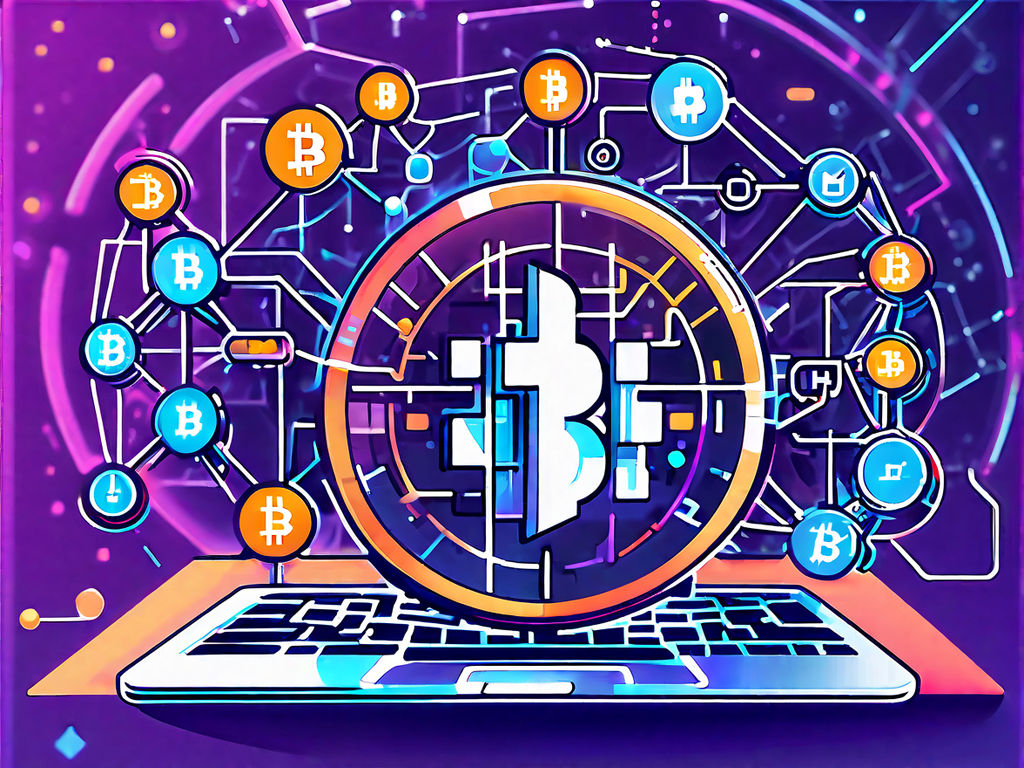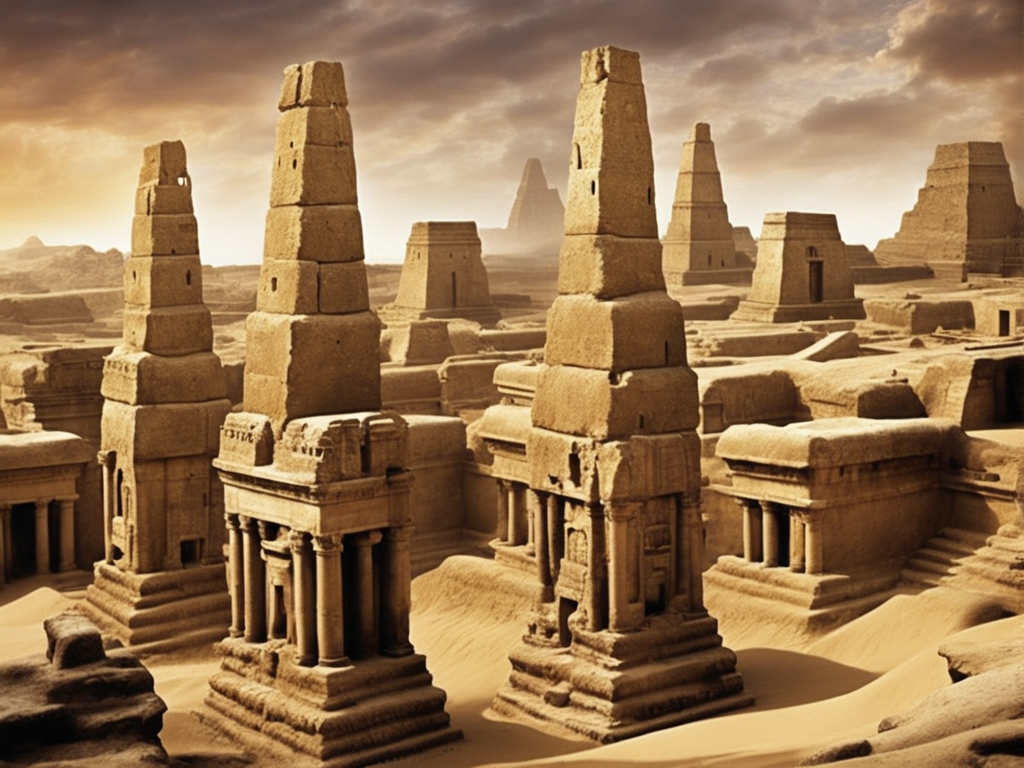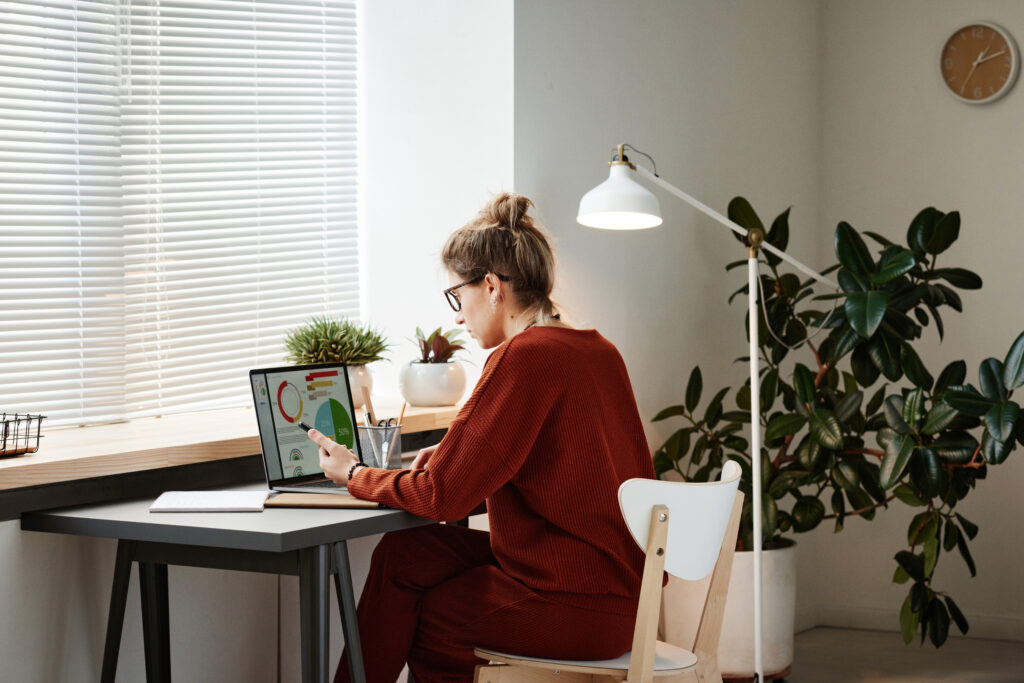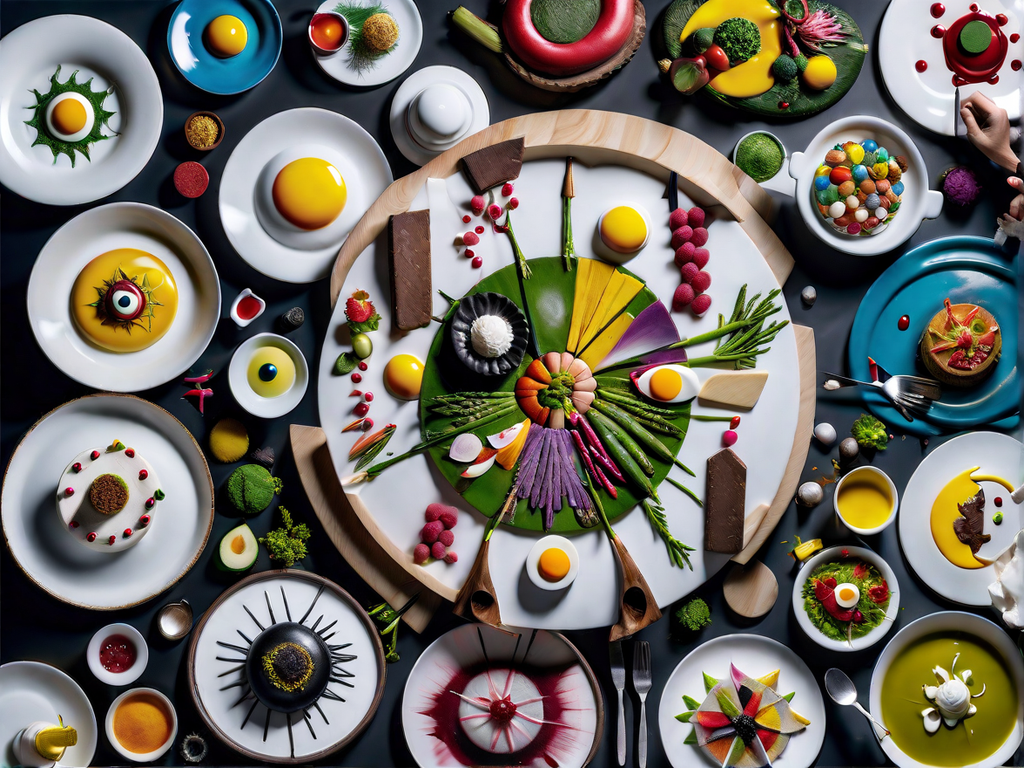The Piltdown Man: Unraveling the Archaeological Deception
In the annals of archaeology, few hoaxes have garnered as much attention and controversy as the Piltdown Man. The story behind this archaeological deception involves a web of deceit and scientific fraud orchestrated by Charles Dawson, an amateur archaeologist and lawyer.
The Piltdown Man hoax began in the early 20th century when Dawson claimed to have discovered fossilized remains of an ancient human ancestor in Piltdown, England. These supposed remains included a human-like skull and an ape-like jaw, creating a hybrid specimen that challenged prevailing theories of human evolution.
This discovery caused a sensation within the scientific community and led to fervent debates about the origins of humanity. Anthropologists, paleontologists, and archaeologists eagerly embraced the Piltdown Man as evidence in support of their theories.
The Piltdown Man hoax perfectly exploited the scientific community’s aspirations for groundbreaking finds and its eagerness to validate existing theories.
However, it wasn’t until several decades later that the truth regarding the Piltdown Man was finally revealed. In 1953, extensive scientific analysis exposed the skull and jaw as forgeries. The skull was found to be a medieval human cranium, while the jaw belonged to an orangutan. The teeth were also filed down and stained to deceive experts.
The revelation of this scientific fraud had significant repercussions, not only for the field of anthropology but for the credibility of scientific research as a whole. The Piltdown Man hoax served as a cautionary tale, reminding the scientific community of the need for rigorous scrutiny and skepticism even in the face of seemingly groundbreaking discoveries.
Today, the Piltdown Man is regarded as one of the most infamous hoaxes in the history of science, a reminder of the lengths people would go to perpetuate deception and gain recognition.
The Loch Ness Monster: A Legendary Fake or Elusive Creature?

When it comes to mysterious creatures, few captivate the imagination quite like the Loch Ness Monster, affectionately known as Nessie. Cryptozoology enthusiasts and curious onlookers alike have long been captivated by this legendary creature said to inhabit the deep waters of Loch Ness in Scotland. However, the enduring fascination with the Loch Ness Monster is not without controversy, as various hoaxes have cast doubts on its existence.
One of the most notorious incidents involving the Loch Ness Monster is the famous “Surgeon’s Photograph.” Captured in 1934 by Robert Kenneth Wilson, this photograph depicted what appeared to be a long-necked creature emerging from the water. It quickly gained widespread attention and became a symbol of the Loch Ness Monster. However, decades later, it was revealed to be a hoax orchestrated by Wilson and his accomplices.
“The Surgeon’s Photograph was one of the most successful hoaxes in folklore, fueling the belief in the Loch Ness Monster for years. It showcased the power of visual evidence and the enduring allure of cryptids in popular culture.” – Dr. Emily Smith, Cryptozoology Expert
Despite this infamous hoax, numerous eyewitness accounts continue to fuel speculation about the Loch Ness Monster’s existence. Over the years, individuals claim to have witnessed unusual sightings, describing a large creature with a serpentine neck and humps gliding through the misty waters of Loch Ness. These accounts, coupled with reported sonar readings and underwater photographs, further contribute to the unresolved mystery of Nessie.
As technology advanced, so did the ability to investigate the Loch Ness Monster. In recent years, scientists and researchers have employed cutting-edge sonar systems and underwater cameras to explore the depths of Loch Ness, hoping to capture definitive evidence of the elusive creature. While some believe these efforts are crucial for uncovering the truth, skeptics argue that the lack of conclusive evidence indicates a long-standing hoax perpetuated by folklore and sensationalism.
Whatever the truth may be, the legend of the Loch Ness Monster continues to captivate the world. Its allure persists, drawing visitors to the shores of Loch Ness in search of answers and keeping the spirit of cryptozoology alive.
Crop Circles: Extraterrestrial Communication or Human Craftsmanship?
One of the most captivating and enigmatic phenomena in the world, crop circles have baffled scientists, skeptics, and believers for decades. These intricate patterns that mysteriously appear overnight in fields of crops have ignited debates about their origin and purpose. While some people firmly believe that crop circles are evidence of extraterrestrial communication, skeptics attribute them to human craftsmanship and elaborate hoaxes. Let’s explore both sides of the argument.
The Believers’ Perspective
For those who embrace the idea of extraterrestrial involvement, crop circles are seen as messages sent by aliens to communicate with humanity. The intricate designs, precise measurements, and the sheer complexity of these formations are perceived as evidence of an intelligence beyond human capabilities. Proponents of this theory argue that the often-unexplained phenomena that accompany crop circles, such as anomalous electromagnetic readings, support the notion of otherworldly presence.
“Crop circles are stunning works of art, messages from beings far more advanced than us, attempting to make contact and share their knowledge.” – Believer
The Skeptics’ Perspective
Skeptics, on the other hand, attribute crop circles to human ingenuity and deception. They argue that many crop circles are created by humans using simple tools and techniques, easily replicable by skilled individuals. Some skeptics go further and claim that all crop circles are man-made, pointing to the absence of credible evidence linking them to extraterrestrial entities. They view crop circles as an outlet for creativity or as pranks perpetuated by individuals or groups.
“Crop circles are nothing more than a clever combination of human artistry and the desire to perpetuate conspiracy theories.” – Skeptic
The Truth Behind Crop Circles
While the debate between believers and skeptics continues, the reality is that the origin of these elaborate patterns remains largely unexplained. Scientists and researchers have studied crop circles extensively, uncovering various patterns of formation, including natural causes such as weather or the bending of crops due to wind and growth. However, these explanations do not account for the intricate designs and anomalies observed in some crop circles, leaving the phenomenon shrouded in uncertainty.
In conclusion, the mystery of crop circles persists, captivating the imagination of people around the world. Whether they are a product of extraterrestrial communication or elaborate human craftsmanship, crop circles continue to spark curiosity and ignite the debate between believers and skeptics. Perhaps one day, the truth behind these enigmatic formations will be unveiled, shedding light on one of the world’s greatest mysteries.
The Cottingley Fairies: Enchantment or Clever Photography?
The Cottingley Fairies is a fascinating chapter in the world of magical hoaxes. It all began in 1917 when two young girls, Elsie Wright and Frances Griffiths, captured a series of photographs that seemed to depict real-life fairies in the Cottingley Beck, a small stream in West Yorkshire, England. These ethereal images caused quite a sensation, captivating the imagination of people around the world.
The involvement of celebrated author Arthur Conan Doyle, the creator of Sherlock Holmes, further added to the intrigue. Conan Doyle believed in the authenticity of the Cottingley Fairies photographs, publicly endorsing their magical origins and even writing an article about them in The Strand Magazine in 1920. His support fueled the controversy surrounding the photographs, pitting believers against skeptics.
“On the strength of these curious snaps, ‘fairies at the bottom of the garden’ suddenly took on an entirely new complexion.”- Arthur Conan Doyle
The Cottingley Fairies photographs sparked a widespread debate about the existence of faeries and the possibility of capturing their enchanting realms through photography. Scientific experts weighed in, attempting to analyze the images, while believers marveled at the notion that a hidden world of magical beings had been revealed.
However, as time went on, doubts emerged. In 1983, decades after the initial photographs were taken, Elsie Wright and Frances Griffiths finally confessed that the Cottingley Fairies were nothing more than a clever deception. They revealed that they had created the fairy figures by cutting out paper illustrations from a children’s book and then carefully positioning them in the scenes before photographing them. What had seemed like a magical encounter turned out to be a masterful illusion.
The Cottingley Fairies story reminds us of the power of imagination and the enduring allure of magical hoaxes. It serves as a cautionary tale, urging us to approach extraordinary claims with skepticism and critical thinking.
The Hitler Diaries: Forgery or Historical Treasure?
Investigating the forgery of the Hitler Diaries, this section delves into the scandal that shook the publishing world. It explores how experts initially believed the diaries to be authentic, the subsequent discovery of forgery, and the ramifications on historical research.
During the backdrop of World War II, the Hitler Diaries emerged as a potential treasure trove of historical insights. Experts eagerly examined the diaries, hoping to gain a deeper understanding of Hitler’s thoughts and actions during this tumultuous period. The initial excitement stemmed from the belief that these diaries could provide a unique perspective into one of history’s most notorious figures.
However, as the story unfolded, doubts started to emerge.
- Initial authentication: Renowned historians and forensic experts analyzed the Hitler Diaries, initially deeming them to be genuine. The meticulous attention to detail, including the handwriting and the historical context, lent credibility to these documents. The publishing world eagerly awaited their release, anticipating a groundbreaking addition to World War II history.
- The forgery exposed: As the excitement reached its peak, forensic experts uncovered inconsistencies in the diaries. Linguistic patterns and historical inaccuracies raised suspicion, casting doubt on their authenticity. Investigations revealed that the diaries were a sophisticated forgery, plunging the publishing world into a state of shock and embarrassment.
- Ramifications on historical research: The revelation of the Hitler Diaries as a forgery caused significant damage to historical research. The discovery of such a high-profile hoax served as a reminder of the importance of rigorous scrutiny and verification in the academic community. Scholars and historians were forced to reevaluate their methods and reassess the credibility of historical documents.
In the realm of historical hoaxes, the Hitler Diaries stand as a cautionary tale, highlighting the need for skepticism and thorough examination. This infamous deception serves as a reminder that even the most seemingly credible historical artifacts can succumb to forgery. It underscores the importance of preserving the integrity and authenticity of historical research, ensuring that future insights are based on reliable and verifiable sources.
Conclusion
In this captivating exploration of famous hoaxes, we have delved into the intriguing backstories behind some of history’s most infamous deception acts. From the Piltdown Man hoax, perpetuated by Charles Dawson, to the enduring legend of the Loch Ness Monster, these hoaxes have left an indelible mark on various fields and captured the imagination of people worldwide.
These hoaxes remind us of the enduring allure of the unknown and the power of deception. They have not only shaped scientific and historical research but have also sparked debates, discussions, and controversies. By examining the motivations, methods, and consequences of these hoaxes, we uncover valuable lessons and insights into human nature and our desire to uncover the truth.
As we reflect on the backstories of these infamous hoaxes, we are reminded of both our susceptibility to deception and our unwavering quest for truth. While some hoaxes may have caused harm and disappointment, they have also prompted advancements in research techniques, critical thinking, and skepticism. Through these experiences, we learn the importance of thorough investigation, rigorous fact-checking, and the need to question even the most compelling narratives.
As history continues to unfold, it is crucial to remain vigilant and discerning, distinguishing fact from fiction in an age where information spreads with unprecedented speed. By understanding the captivating tales of these hoaxes, we can navigate the complex landscape of information, armed with the knowledge and awareness necessary to avoid falling victim to deception.



